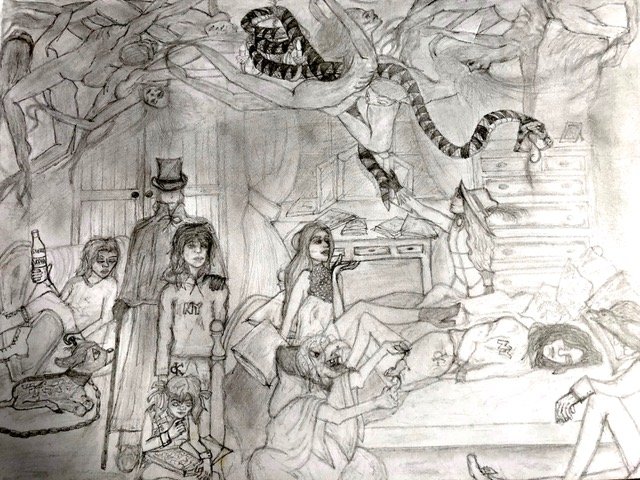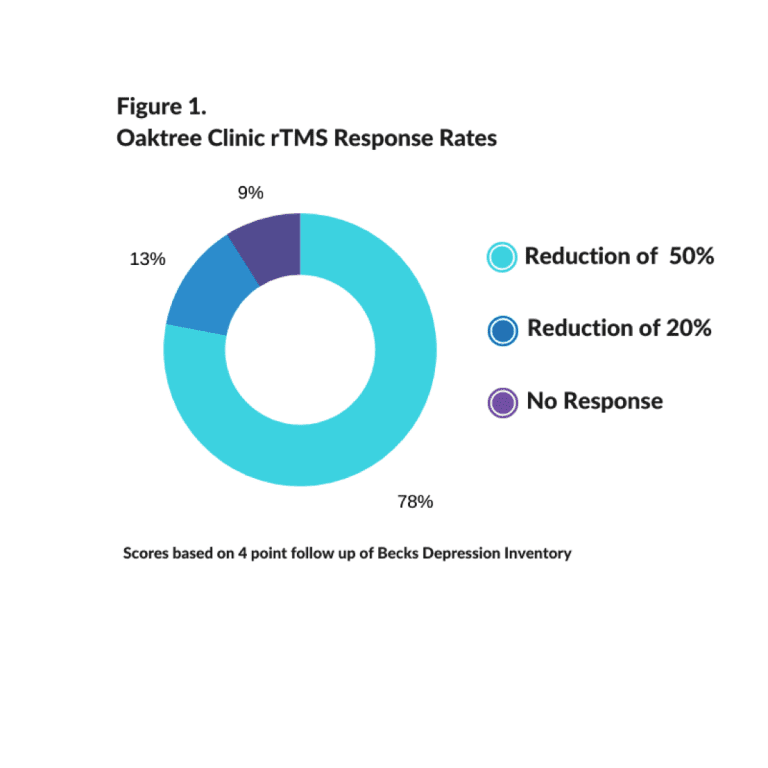Is it Worth it for Businesses to Spend on Improving the Mental Health of Employees?
How Taking Care of Your Employees' Mental Health Can Give Back to the Business
As a business owner, when it comes to envisioning a new venture sustainability and success, mental health and emotional wellness is not often even considered at the outset, much less focused upon. In this article, hope is to inform on how and why it ought to be.
Primarily, an understanding of the scale of the problem must be known and understood:
- In 2020 a staggering 79% employees experience work-related stress, compared to 59% in 2018. (1)
- Around 15% of people at work have symptoms of an existing mental health condition, at any given time. (2)
- Annually, up to 300,000 people with mental health problems lose their jobs. (3)
- Annual Cost to UK businesses due to mental illness is between £33 billion- £42 billion, due to staff turnover, sickness absences and presenteeism, latter defined as, when individuals are less productive due to poor mental health in work.
- Every £1 spent on mental health of employees returns £5. (4)
It can therefore be stated with some confidence that it makes ethical sense that employers shoulder some responsibility of taking care of their workforce. The next question that comes up is, is a considered approach towards mental health and wellbeing required by law?
Employers have a ‘duty of care’. to do all they reasonably can to support employees health, safety and wellbeing. This includes, making sure the working environment is safe, protecting staff from discrimination, carrying out risk assessments to ensure they can dispose of their duties safely and effectively. (5)
What are the financial implications?
Do measures taken by businesses to improve mental health and wellness make business sense? On exploring the current research evidence, the following comes to light:
Better mental health support in the workplace can save UK businesses up to £8 billion per year. (6)
In another large study within a company with 500 employees, promoting wellbeing at work through personalised information and advice, a risk-assessment questionnaire, seminars, workshops and web-based materials will cost approximately £80/ employee/ year, therefore for all the employees to undergo the intervention, an initial investment of £40,000 will result in a net return of £347,722 in savings, mainly due to reduced presenteeism (lost productivity that occurs due to an employee working while ill) and absenteeism (missing work due to ill health). (7)
Spending £30.90 per employee for assessment, and a further £240.00 for the use of CBT to manage the problem, on screening and care management for those living with (or at risk of) depression in a company of 500 employees where two thirds are offered and accept the treatment, an investment of £20,676 results in a net profit of approximately £83,278 over a two-year period. (8)
A study in Geneva, found that every ¬1 invested in occupational health and safety generates a return of ¬2.20. So, health and wellness schemes not only save money, but they also lead to increased profitability. (9)
Healthy workers build a positive brand image in terms of public relations, talent acquisition and employee retention, boosting the morale and loyalty of those in the company, therefore reducing recruitment costs.
Disorder Related Blogs
- Anorexia Nervosa: Recognise the Quiet Killer
- Patient Talk - What Does Severe Clinical Depression Feel Like?
- Dear Mum: A Story by an Oaktree Patient with Depression
- SCHIZOPHRENIA – A Poem
- Autism: Dispelling Myths
- Mental Fitness: “I Have an Addiction”
Lifestyle Related Blogs
- Preventing Online Burnout
- Sad at Christmas? Help Is at Hand
- Burnout at Work
- Mental Fitness: How to Beat Stress
- Mental fitness: Brain Stimulation Therapy
- Mental Fitness: When Should You Stop Driving?
- Mental Fitness: “Let Us Talk About It”
- How to Combat Work-Related Stress
- Foods that make you happy
- Business Spending on Mental Health, Worth it?
- Employers Need More Awareness of Mental Health Issues
Other Blogs
What can businesses do?
Are you left wondering, well the world is a tough place, how can the employers help that? To the relief of 1/3rd of the workforce who suffer and live with mental health challenges, businesses can make a significant difference to the quality of life at work, safety and general wellbeing of the employees as demonstrated by the studies above. This is what caring businesses can achieve with a relatively small investment:
Produce, implement and communicate a mental health at work plan with perhaps the following aspects:
Provide Good Working Conditions
Promote effective people management– A firm but gentle management style with empathy and understanding encouraged in the organisation, would go a long way in preventing work related stress. The work ought to be fairly and reasonably distributed in keeping with each persons capabilities and pace. Bullying and harassment, a major cause of stress at the workplace, needs to be dealt with swiftly and appropriately.
Healthy physical environment at work is more important than people think, well lighted, airy, non-cluttered and aesthetically pleasing offices provide a healthy environment as proven by the “hit” designs of Google (USA), Missing Link (South Africa) offices.
A Culture of Openness about Mental Health & Wellbeing
A culture of wellness can be cultivated without a great deal of spend, Mental health ought to be a topic people discuss openly without the stigma of being labelled or discriminated against. Encourage open and honest conversations about mental health.
Mental Health First Aid
Developing mental health awareness throughout the ranks. It must be understood that mental illness is just that, not weakness or something to be ashamed of, after all statistically speaking a third of the most successful people suffer from it.
Formal training- to be able to identify, bust the myths & learn the facts, how to support people with these issues is of paramount importance in this process.
Routine monitoring of employee mental health and wellbeing
Making monitoring of general mental health and wellbeing through open discussions with line managers, forums and questionnaires, will in the medium and long term be useful.
Workshops About Managing Stress and Anxiety
These can be valuable, regular grounding, mindfulness, relaxation and breathing exercises should and hopefully be deemed as important as physical exercise is to boost physical health. In the past, some of these practices have been branded part of the hippie movement. Again, time to change attitudes, right?
References
1. The 2020 UK workplace stress survey, Perkbox
2. Managing and supporting mental health at work: disclosure tools for managers, Dec. 2011
3. Thriving at Work: a review of mental health and employers, An independent review of mental health and employers by Lord Dennis Stevenson and Paul Farmer, Nov. 2017
4. Mental health and employers: refreshing the case for investment, Deloittes
5. Supporting mental health at work, ACAS
6. Briefing 40: Removing Barriers. The facts about mental health and employment. Sainsbury Centre for Mental Health. 2009
7. Mental Health Promotion and Mental Illness Prevention: The Economic Case. Knapp, M., McDaid, D., & Parsonage, M. 2011
8. Mental Health Promotion and Mental Illness Prevention: The Economic Case. Knapp, M., McDaid, D., & Parsonage, M. 2011
9. Calculating the International Return on Prevention for Companies: Costs and Benefits of Investments in Occupational Safety and Health International Social Security Association (ISSA)




























